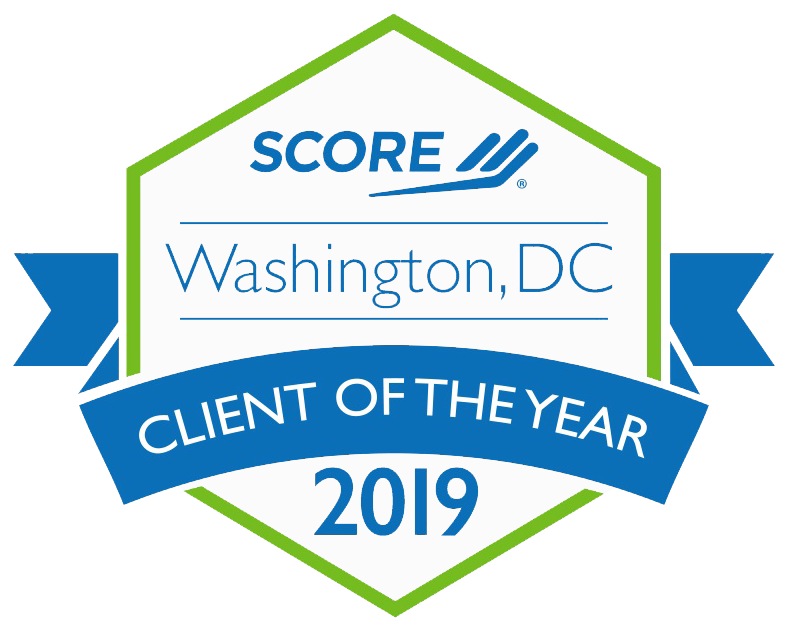 Every grantee in receipt of government funding wants to ensure that they are in good standing with their federal, state, and local government counterparts. However, in some cases organizations can be designated as high-risk, which leads to unfortunate punitive measures down the road. What do these entail and how can you maintain compliance and avoid these measures?
Every grantee in receipt of government funding wants to ensure that they are in good standing with their federal, state, and local government counterparts. However, in some cases organizations can be designated as high-risk, which leads to unfortunate punitive measures down the road. What do these entail and how can you maintain compliance and avoid these measures?
What does it mean to be designated as a “high-risk” grantee?
The Uniform Guidance does not directly define high-risk, and the designation varies between each agency. However, some commonly found criteria include the following (taken from the U.S. Department of Education’s criteria):
- Has a history of unsatisfactory performance
- Is not financially stable
- Has a management system that does not meet the management standards [required by Department regulations]
- Has not conformed to terms and conditions of previous awards, or is otherwise not responsible
What are the repercussions of a high-risk designation?
The level of enforcement actions required depends on the agency and the severity of the action that necessitated the high-risk designation status. Some potential actions include the following:
- Temporarily withholding cash payments or using reimbursement method of payment
- Disallowance of costs incurred
- Suspension of an award (until the deficiency is corrected)
- Termination of an award
- Government debar or suspension of an organization
A tale of two high-risk grantees
The IBM Center for the Business of Government developed a comprehensive report on two high-risk grantees (Puerto Rico and Detroit Public Schools) and the tools and processes they used to rectify their deficiencies. The U.S. Department of Education audited both entities and placed them in high-risk status due to poor internal controls and lack of financial policies and processes, which called into question the entities’ oversight and management capabilities. However, both were able to rectify their situations through technical support and guidance of the Risk Management Service unit within the U.S. Department of Education.
How can I overcome pitfalls?
If you want to avoid any potential impropriety (real or perceived), it is important that you carefully read and understand your Notice of Grant Award, and the terms and conditions and reporting requirements associated with your award. If there are references to specific guidelines or regulations, make sure you understand these as well, and request assistance as needed. If you have questions, reach out to your designated program officer or grants management specialist. Also, take advantage of trainings and webinars regarding post-award management to prepare yourself and to be high performing rather than high risk.
Other resources for your team
- DHS OIG Designation of U.S. Virgin Islands as High-Risk Grantee: https://www.oig.dhs.gov/assets/Mgmt/OIG_SLP_12-29_Jan12.pdf
- Philadelphia School District Designation as High-Risk Grantee: http://ideamoneywatch.com/states/pa/?p=40
- Alaska Department of Administration Division of Finance Pre-Award Risk-Based Assessment Tool: http://doa.alaska.gov/dof/ssa/pre_award.html
- State Agency Administrators Use Risk Management Tool Within DOJ: http://www.ncjp.org/content/saas-use-risk-based-grant-monitoring
This post originally appeared on the eCivis blog.





